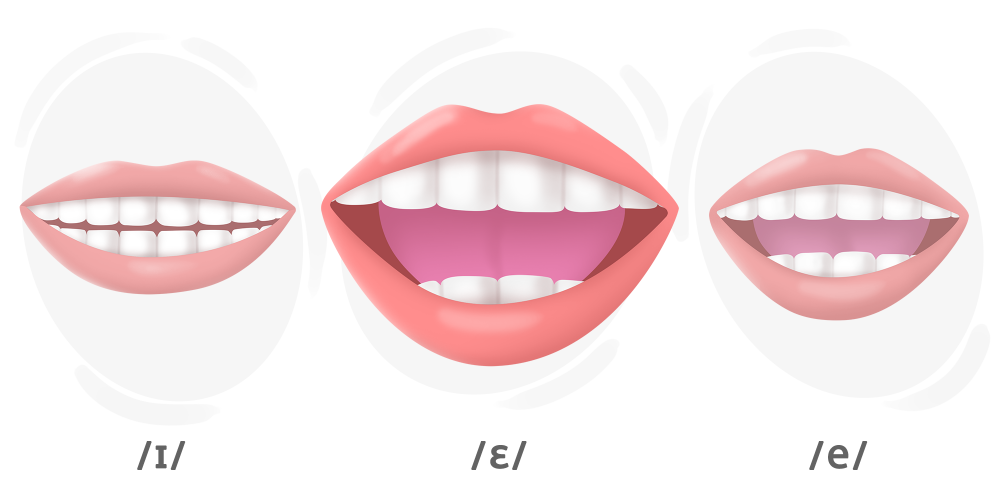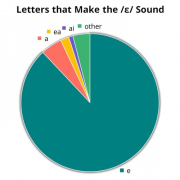How to Pronounce the /ɛ/ Sound

In this lesson, we are going to learn how the sound /ɛ/ is produced by looking at the articulatory organs.
What Type of Sound Is /ɛ/?
/ɛ/ is similar to /e/ but always shorter. In other words, it is between /æ/ and /e/. Notice that /ɛ/ is mainly found in some dialects of English and mostly in General American English that is based on a Bostonian accent. Therefore, if you see any examples of this lesson with the sound /e/ instead of /ɛ/, that is accepted too.
How to Produce /ɛ/?


To produce it, open your mouth like /e/, and stretch out your lips a little bit like /ɪ/. It is produced when the mouth is half-open and lips are unrounded, the jaw is then lowered a bit. As you can see in the picture, the mouth is wider than when we produce the /e/ sound, but the lips are not as stretched as when we want to pronounce the /ɪ/ sound.
/ɛ/ Around the World
As you see in the table below, most of the common languages around the world have this sound; therefore you will not have any difficulty producing it. And if the sound does not exist in your language, do not worry. With a little practice you will be able to produce it.
Existence | Example | |
|---|---|---|
Mandarin | ✔ | 言 (yán) |
Spanish | x | - |
Hindi | ✔ | रहना |
Bengali | x | - |
Portuguese | ✔ | meta |
Russian | ✔ | жест |
Japanese | x | - |
Vietnamese | ✔ | xe |
Turkish | x | - |
French | ✔ | baie |
German | ✔ | Ende |
Italian | ✔ | etto |
Persian | x | - |
Standard Arabic | x | - |
Korean | ✔ | 개구리 |
Indonesian | ✔ | pek |
Filipino | ✔ | heto |
Hungarian | ✔ | ez |
Dutch | ✔ | bed |
Polish | ✔ | krem |
Romanian | x | - |
*Swedish | ✔ | fett |
Czech | ✔ | let |
Greek | x | - |
Ukrainian | ✔ | день |
Urdu | ✔ | رہنا |
*Sweden Swedish has this sound.
Listening
Let's listen to the pronunciation of the /ɛ/ sound which has been mentioned below:
Down below, there are two other sounds similar to the /ɛ/ sound. At first, listen to the /e/ sound and then listen to the /ɪ/ sound:
Comments
(0)

